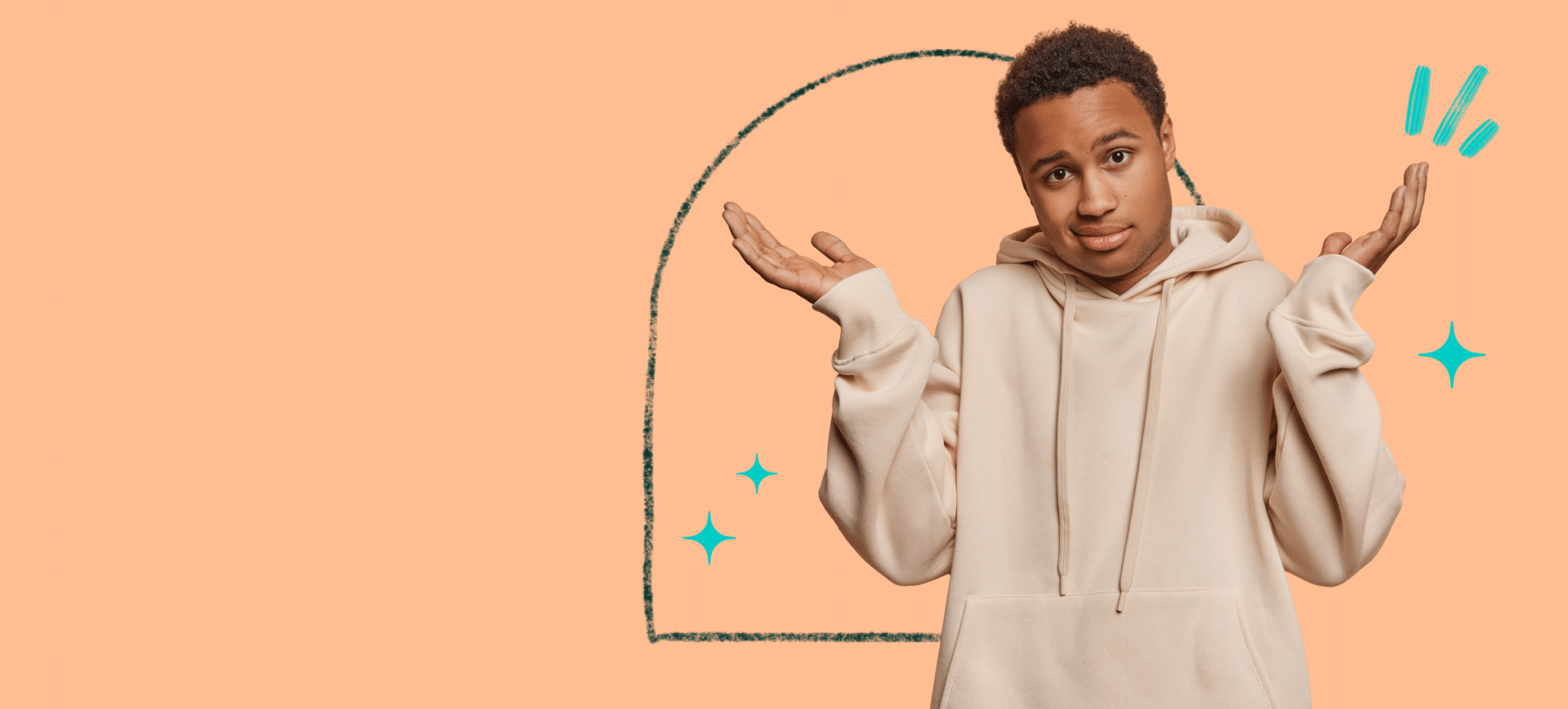


Creating a positive and supportive learning environment is key to ensuring student success. Social and Emotional Learning (SEL) and Positive Behavioral Interventions and Supports (PBIS) are two prominent frameworks that offer unique approaches to achieve this goal.
Here, we’ll break down the key distinctions between PBIS and SEL, identifying their individual focuses and benefits.
Creating a positive and supportive learning environment is key to ensuring student success. Social and Emotional Learning (SEL) and Positive Behavioral Interventions and Supports (PBIS) are two prominent frameworks that offer unique approaches to achieve this goal.
Here, we’ll break down the key distinctions between PBIS and SEL, identifying their individual focuses and benefits.
SEL and PBIS are educational methods designed to create a positive school environment.
At a glance, they’re similar in their practices and intended outcomes. Both are designed to go beyond simply addressing academic performance and are intended to address the child’s social and emotional needs across the board, covering issues including:
When implemented in an integrated system, with long-term goals of equity and student well-being, SEL and PBIS are considered compatible theories and practices of great value.
Not every aspect of these two approaches is identical. Understanding the differences between SEL and PBIS will empower you to choose the most effective strategies for your educational setting.
SEL and PBIS each focus on achieving different end goals when applied in a learning environment.
The key difference here is that SEL focuses on helping children to modify their thinking to encourage positive behavior, while the primary focus of PBIS is to prevent students in schools from behaving disruptively.
SEL focuses on developing students’ social and emotional skills, helping them understand and manage their emotions, build healthy relationships, and make responsible decisions.
Implementing SEL has positive outcomes for all children, but SEL programs are especially beneficial for at-risk youth, equipping them with the tools to navigate social situations, build self-awareness, and ultimately thrive inside and outside the classroom.
This approach allows for skill-building, with the intention of changing the individual rather than the environment.
The PBIS framework focuses on creating a positive school environment by establishing clear behavioral expectations and acknowledging the learning establishment’s desired behaviors.
This approach emphasizes prevention and intervention strategies to minimize disruptions and promote positive interactions, with the aim of making proactive changes in the learning environment.
The approach to implementing SEL programs and PBIS frameworks is also different.
While SEL takes a head-on instructional approach, emphasizing explicit teaching and practice of social and emotional skills, PBIS focuses on building systems with the use of a tiered structure.
SEL provides explicit instruction and encourages practice. It’s approached in a similar manner to teaching math or reading, but for social and emotional skills.
The program uses curriculums, activities, and discussions to help students develop their skills and competencies over time.
PBIS implements a tiered system of interventions.
Tier 1 focuses on creating a positive school culture with clear expectations, while the higher tiers provide targeted support for students who might display challenging behaviors.
These tiers are discussed in more detail in the Universality vs. Targeted Support section.
Implementing a school-wide PBIS framework almost always makes more sense for improving student outcomes than introducing separate, competing initiatives.
The method used to measure the applied teachings of the two programs is another difference between them.
SEL focuses on analyzing the internal development of students’ social and emotional skills, while PBIS measures observable behavioral changes in the school environment.
SEL is more about observing a student’s ability to apply learned skills in real-world situations and is measured through:
PBIS data is often more quantitative, providing objective evidence of the program’s effectiveness in creating a positive and predictable school environment.
Some of the key elements of PBIS measurements are:
Note: While quantitative data is key for measuring the success of a PBIS program, it’s not the only factor to consider. Qualitative data, such as teacher and student feedback, can also help when evaluating the program’s impact on the school community.
Delve into evidence-based strategies for building and implementing inclusive SEL programs. Essential for directors of counseling and counselors, this infographic elucidates how to integrate SEL interventions that engage all students, particularly those from marginalized groups.

The timeframes for the intended outcomes differ when looking at SEL and how it differs from PBIS.
SEL is like planting seeds – it cultivates long-term social and emotional skills that benefit students throughout their lives. PBIS, on the other hand, focuses on getting immediate results in terms of behavior.
The desired outcome of an SEL program is to facilitate long-term benefits for the individual, including improved academic performance, reduced disciplinary incidents, and stronger social bonds between students.
This has been scientifically proven, with one of the most comprehensive studies by Yale School of Medicine concluding that students who participate in SEL programs “demonstrated increased academic achievement and school functioning including improved attendance and engagement in learning”.
SEL teaches children behaviors that can be beneficial throughout their education and the rest of their lives. It may be more effective when applied to younger children, who are yet to establish problematic behavioral patterns, but it can still be implemented effectively for older students, who have the advantage of being more emotionally aware,
PBIS focuses on immediate behavior changes to create a more positive and productive learning environment. It aims to reduce disruptions and create a safe space for learning. Ultimately, the end goal of PBIS is to ensure as many students as possible can remain in school until they graduate.
Because it’s intended for fast, shorter-term results, there’s no “best” time to implement PBIS, and all grade levels can benefit from PBIS teachings.
However, there is some evidence to suggest that PBIS is also best implemented early. A 2012 study on the effects of school-wide PBIS on behavioral problems concluded that the positive effects of the studied PBIS programs were generally strongest among children who were first exposed to these programs in kindergarten.
PBIS and SEL programs also differ when we consider who they’re targeted towards.
SEL programs typically take a more universal approach, since their goal is to equip all students with a foundational set of social and emotional skills. PBIS is different in that it incorporates both universal elements and targeted support.
Generally, SEL programs are designed to be implemented universally for all students, regardless of their behavioral needs.
Here’s how this universality is implemented:
While some PBIS elements are implemented for all students, higher tiers of intervention might be targeted towards students who need additional support with managing challenging behaviors.
Here’s how the PBIS system combines universal expectations with targeted interventions:
PBS (positive behavioral supports) and PBIS (positive behavioral interventions and supports) are terms that are used interchangeably to define the approach to improve behavior and social competence using the PBIS (or PBS) framework.
SEL helps with behavior management, but the two are not exactly the same. SEL equips students with social and emotional skills, like self-awareness, which can help them manage their behaviors. Behavior management focuses on the outer world, with clear expectations and consequences. Imagine SEL as giving students the tools, and behavior management as creating a system to use those tools effectively for a positive learning environment.
If PBIS isn’t the right fit for your school, or it doesn’t quite help you to achieve your intended learning outcomes, you can consider alternatives such as restorative justice for repairing harm and building relationships, SEL to address the root of behavior issues, and broader initiatives that promote a positive school climate.
While both SEL and PBIS aim to create a positive and supportive learning environment, their approaches, intended outcomes, timeframes, and performance measurements differ.
Aligning PBIS and SEL is possible and can be done effectively in an educational environment. Implementing both programs is favorable and offers greater benefits, including more significant improvements to students’ mental health compared to implementing either program alone.
However, depending on your current situation and the issues you’d like to prioritize, it may be best to start with one of these programs before considering the other.
Ori Learning’s SEL curriculum offers engaging, age-appropriate, and comprehensive learning solutions for students at middle and high schools, leveraging a curriculum platform designed with teachers in mind and students at heart. If you’d like to learn more about SEL in action, you can request a demo of our SEL curriculum here.